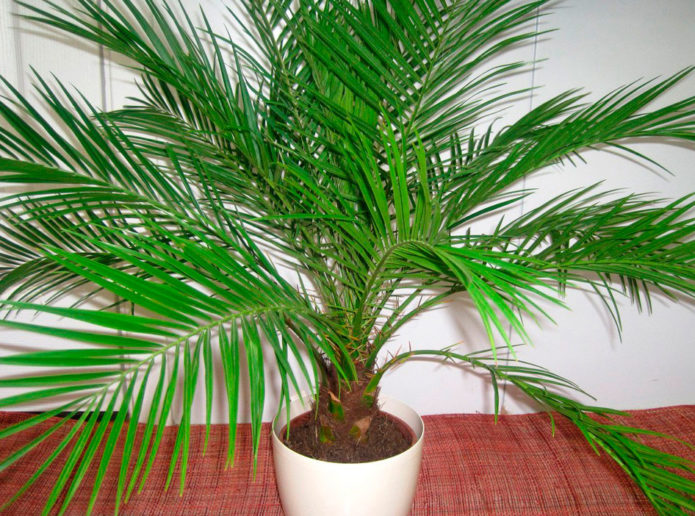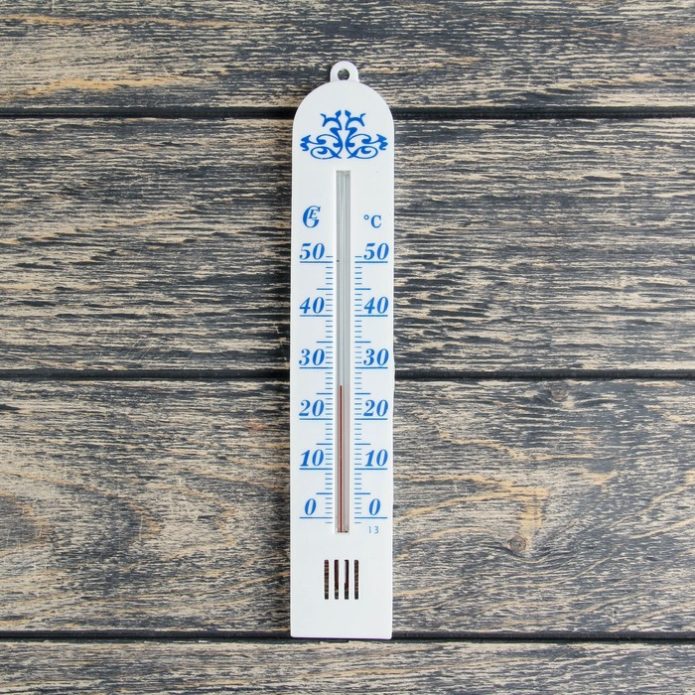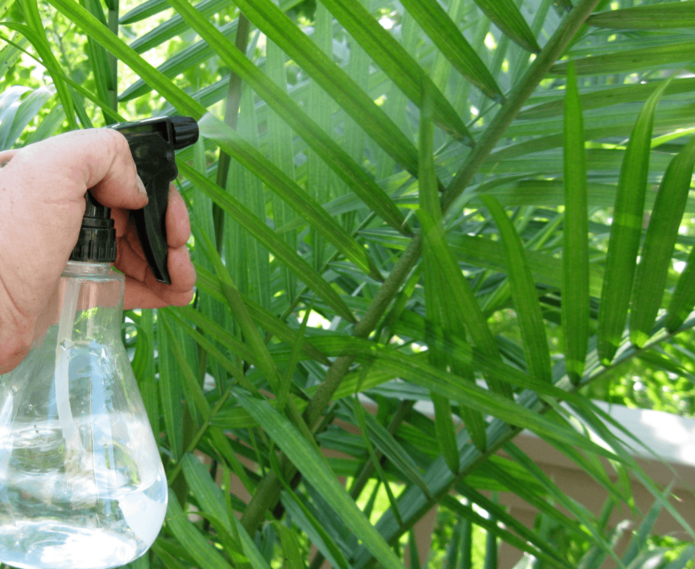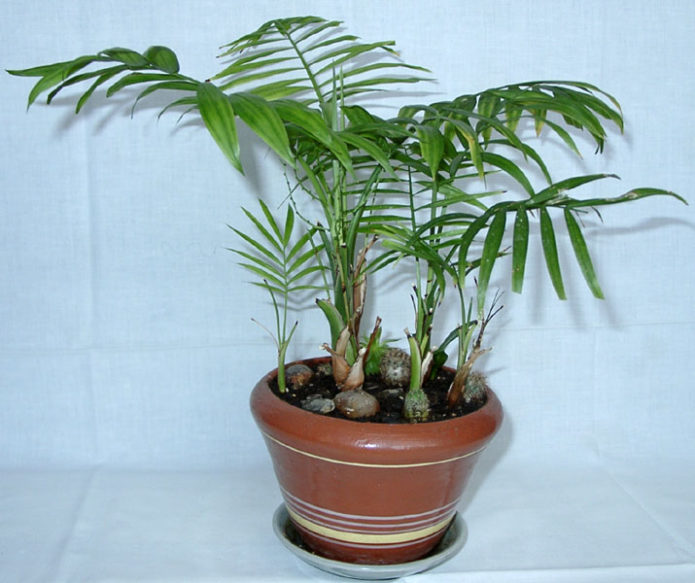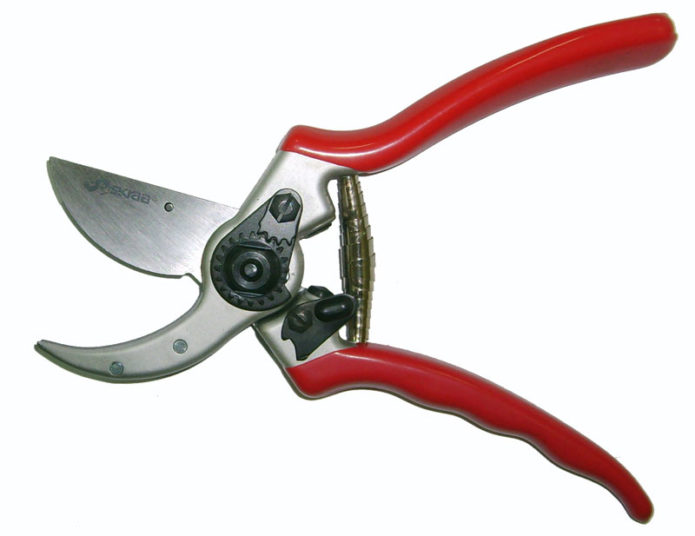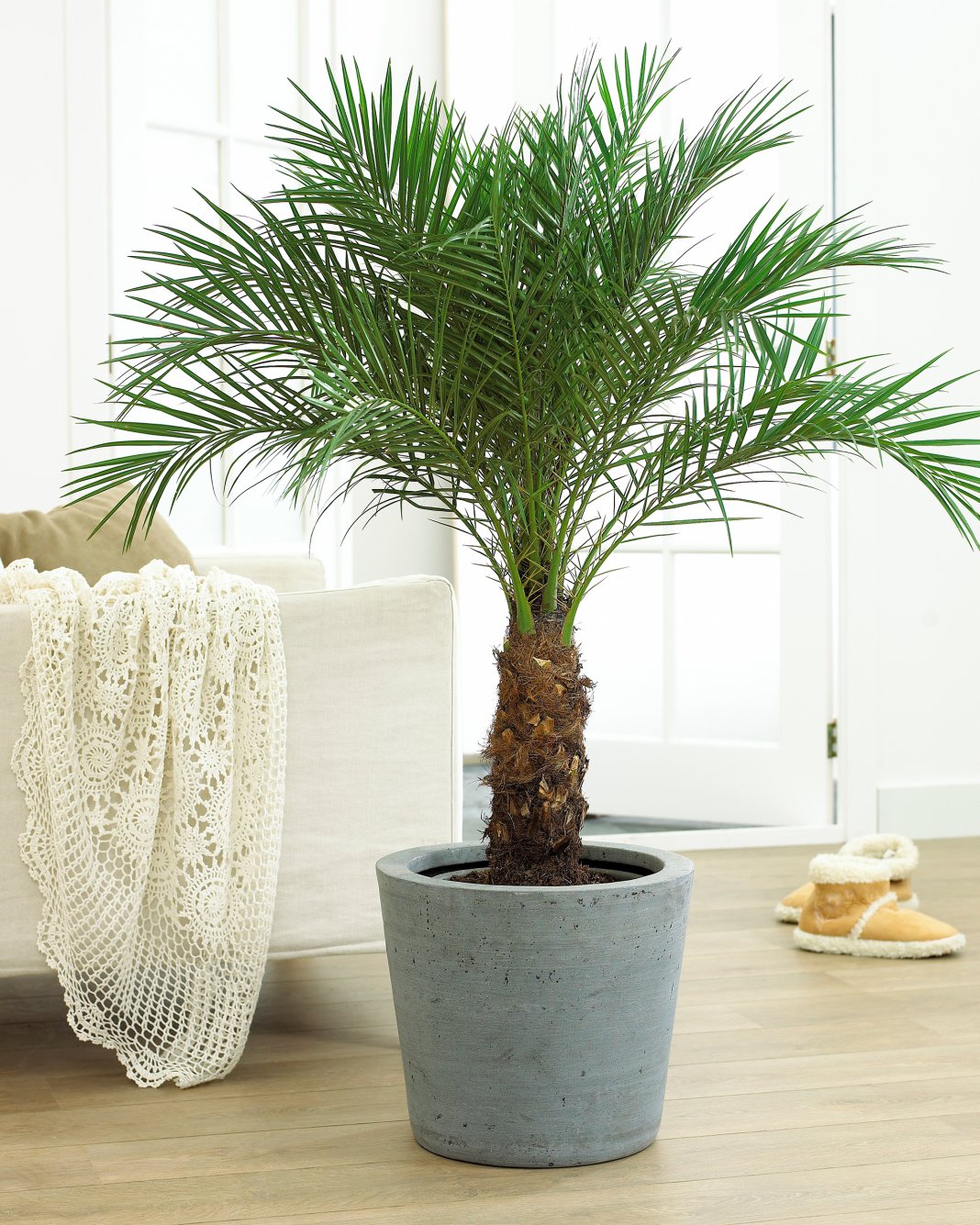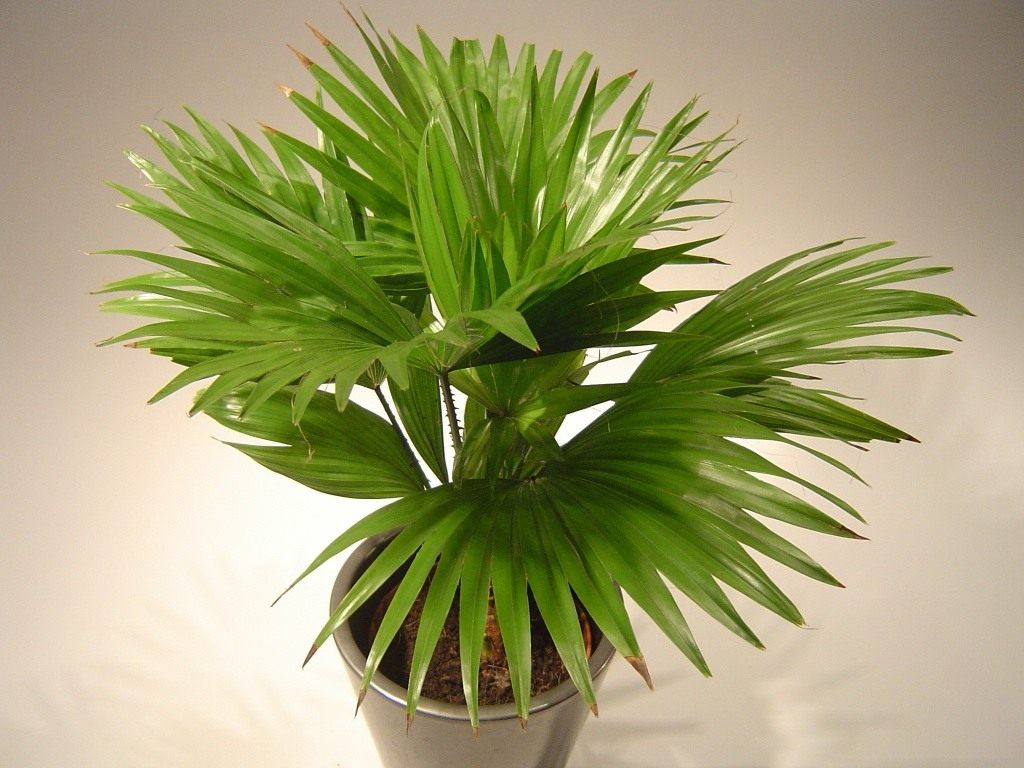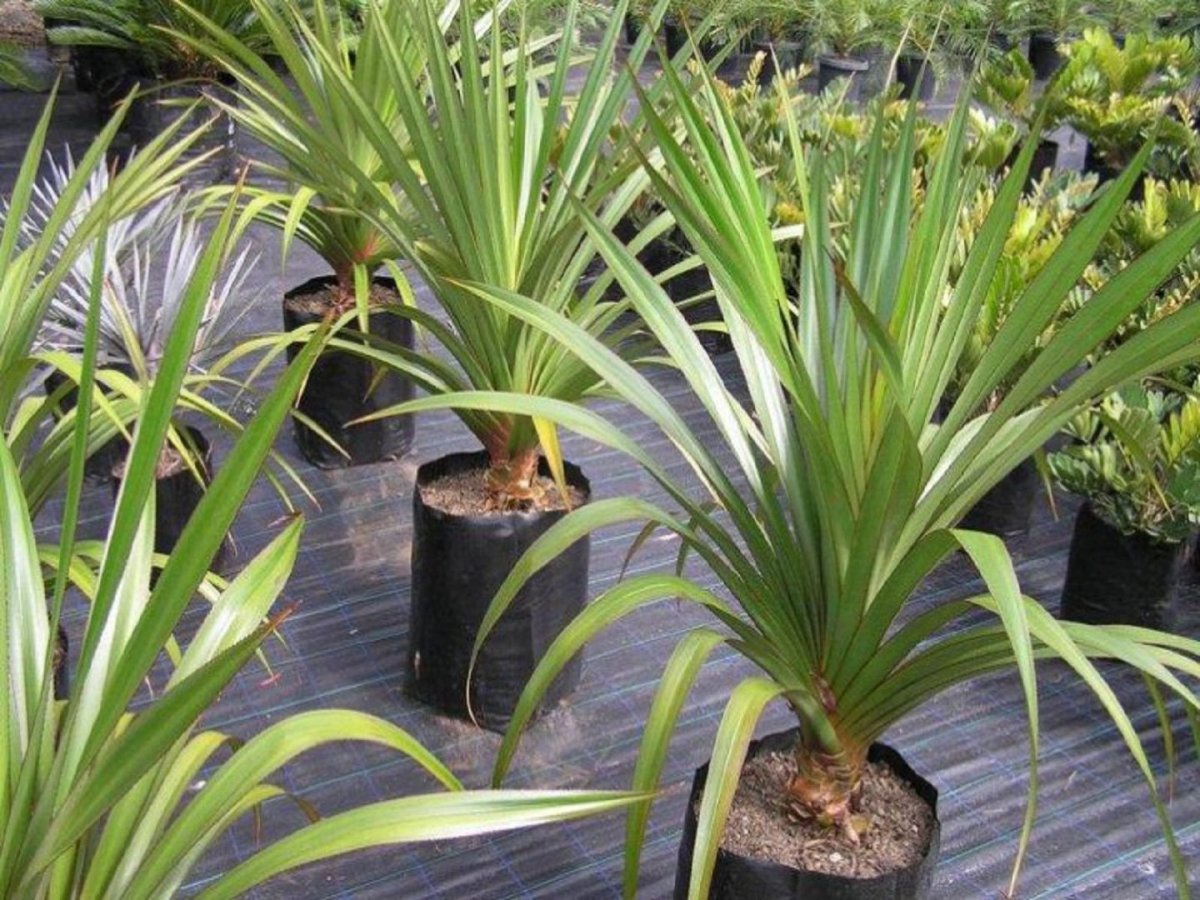Hamedorea elegance is an unpretentious plant that everyone can take care of. Due to its compact size, it can be placed in small rooms, as well as in winter gardens where low moisture-loving flowers grow.
Content
What an elegant palm tree looks like
Hamedorea elegance is called graceful for a reason - it looks like a compact bush with straight stems emerging from a creeping trunk. Arched narrow long leaves, the number of which reaches 10 pairs, give a special sophistication to the palm tree. In the fourth year of life, the plant begins to form rounded yellow flowers resembling mimosa.
Hamedorea lives for 8–9 years, during which time an adult plant can reach a height of two meters. However, such giants are quite rare, usually at home a bamboo palm tree does not grow more than one meter.
Plant energy and signs associated with it
The elegant palm tree is considered to be such a strong plant that its location in the home or office has a beneficial effect on the overall microclimate. In the room where chamedorea grows, people feel filled with energy, the feeling of depression goes away.
Signs say that growing a room palm has a positive effect on a person's fate:
- all business endeavors are successful;
- conflicts and quarrels stop;
- energy vampires are afraid to communicate with people in contact with chamedorea.
Feng Shui experts recommend that you definitely have a indoor palm tree in the bedroom and in the study. Then the owner of a beautiful and useful plant will have well-being in business and in family life.
The flower is contraindicated for people of a selfish warehouse - they will become absolutely "impenetrable" to the feelings of family and friends.
One of the common superstitions is that a pot of chamedorea brought into the house can bring big trouble. You can avoid trouble - it is enough to deliver the pots not in your hands, but using a children's toy car, bicycle or trolley.
Due to the abundance of green leaves, chamedorea is an excellent absorber of harmful substances from the air - formaldehyde, benzene, carbon dioxide.
Planting and caring for hamedorea elegance at home
The popularity of hamedorea elegance (graceful) among home flower growers is in its rare unpretentiousness. This plant responds gratefully to minimal care efforts, and it takes a lot of effort to destroy the indoor palm.
Illumination
Despite its subtropical origin, graceful chamedorea is extremely undemanding to lighting.Moreover, being in direct sunlight harms the leaves of the plant - burns appear on them in the form of brown dry spots.
The best place for a palm tree is a north or west window, where diffused light is provided. If there is nowhere to put a pot with a flower, except on the south window, then in the summer chamedorea needs shading - in the interval from 10 to 15 hours it should be protected from a particularly bright sun.
In order for the formation of leaves to occur evenly, the plant must be periodically turned in different directions to the light source.
Hamedorea grows safely in partial shade and even completely without natural light. The flower can be placed in the hallway or in the hallway - it is important only to provide artificial light for 11-12 hours a day.
Temperature regime
Excessive heat and cold air are considered equally harmful for the hamedorea cane palm. In the warm season, she needs to provide a temperature from 20 to 27 aboutC, in winter - from 12 to 17 aboutFROM.
When airing a room in winter, it is recommended to protect the flower pot from cold air currents and drafts - such conditions are detrimental to the plant. In winter, from time to time it is necessary to measure the temperature of the soil in the pots, where the chamedorea "lives". If the thermometer shows less than 16 aboutC, then there is a high probability of disease and death of the root system.
Watering and humidity
The Mexican jungle, where the chamedorea comes from, although it remained somewhere far away, dictates the state of the air for the successful development of the flower - it needs regular spraying and high humidity. In dry, hot air, the leaves begin to curl, and their tips change color from green to brown and wither.
So that the level of air humidity does not decrease to a critical level for hamedorea, it is recommended to place containers with water and decorative fountains next to it. It is necessary to process foliage from a spray bottle at least twice a day.
A hot shower is a good way to revitalize the plant. Before an extreme hydrotherapy session, the flower must be well watered. Then the pot is placed in a bath, covering the ground with a film, and chamedorea is treated from the shower for 10-25 seconds. In this case, the water temperature should be within 40 aboutC. After that, the pots are not brought to a permanent place, but left in the bathroom until the leaves are completely dry. The frequency of processing is once a month.
The love of hamedorea for water is also manifested in watering - while a young flower is developing, a clod of earth must be constantly moistened as soon as the top layer of the soil dries up. Newcomers to floriculture can overdo it and flood the palm tree. Then the probability of root decay and plant death is high. It is necessary to monitor him and not to miss the signs of over-watering and the onset of root system disease:
- the stem and base of the flower become darker;
- leaves turn yellow and dry, starting from the tips;
- the soil mixture acquires an unpleasant putrid smell.
Water for irrigation must first be defended and kept at room temperature.
Cold tap water is the worst option for watering a plant. In winter, chamedorea needs less moisture, therefore, the procedure should be carried out no more often than once a week.
The nuances of proper planting: suitable soil, pot
The strong root system of chamedorea requires dense, heavy soil. For planting, you can use a ready-made soil mixture for palm trees or compose the substrate with your own hands.
An ideally composed soil should contain 3 parts of sod land, 1 part each of sand, peat and deciduous soil. All ingredients are recommended to be warmed up in the oven or microwave before mixing for disinfection.
The pot for hamedorea should be spacious enough. Despite the fact that the flower grows rather slowly in length, its root system develops quickly and strongly, so it needs to provide sufficient space.
At the bottom of the pot, it is necessary to lay a drainage layer of clay shards, broken brick or expanded clay of a large fraction.
Pruning features
By analogy with most indoor flowers, which, when pruning the upper part of the crown, begin to intensively form lateral shoots, novice florists are trying to carry out such an operation with an elegant palm tree. As a result, the lower leaves gradually die off and the plant dies. This is due to the fact that this palm tree has only one growth point; when it is cut, the flower stops completely in development.
Sometimes the leaves turn yellow and dry out. In such cases, in order to preserve the attractive appearance of the chamedorea, it is necessary to remove them. To trim a completely dried leaf, you need to use a sharp pruner, which is previously disinfected with alcohol.
The shoot is removed as close to the trunk as possible, after which the cut should be treated with a fungicide.
Fertilizer
Starting from six months after planting, chamedorea can be fed. It is recommended to apply fertilizers only in the warm season - from mid-March to the end of October (for the middle lane). You can enrich the soil with a complex liquid preparation for palms. If you use a universal top dressing for ornamental deciduous plants as a fertilizer, then the solution must be prepared based on half of the recommended dosage.
The frequency of feeding is twice a month. Fertilizer is not only applied to the soil during watering, but the leaves are also treated by spraying. The best remedies for additional nutritional hamedorea graceful:
- Agricola;
- Fertika;
- Bona Forte;
- Clear sheet.
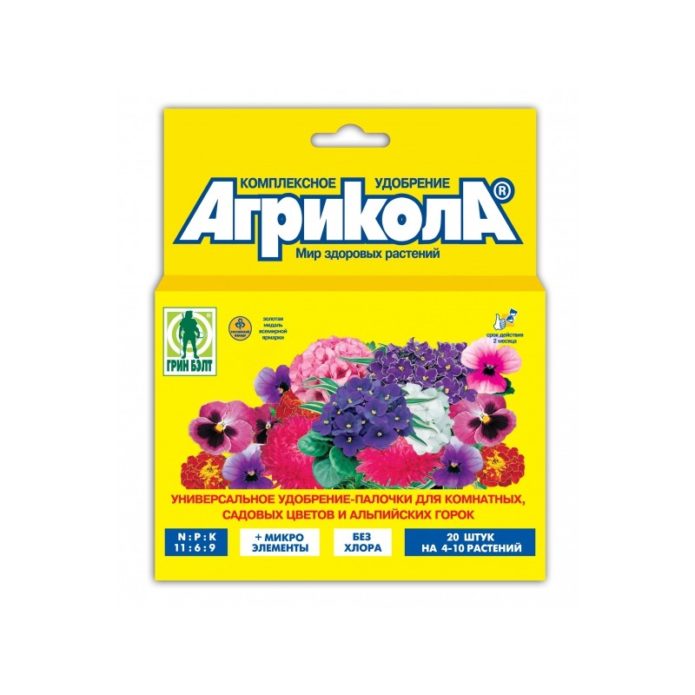
Agricola is a fertilizer containing a complex of important micro- and macroelements, it is indispensable for growing plants
To increase the deciduous mass, nitrogen is needed, therefore, when choosing a top dressing, it is advisable to study the composition and give preference to a brand where there is a significant amount of this chemical element.
Fertilizers for palms in the form of granules have proven themselves well - they release useful substances gradually, they are not washed out during watering.
Transfer
The first palm transplant is carried out after the purchase of a young plant. After 10-14 days, when the flower adapts to the new conditions, it is moved to its “permanent residence”. In the future, while the chamedorea is growing, every spring it needs to be transplanted into a larger pot.
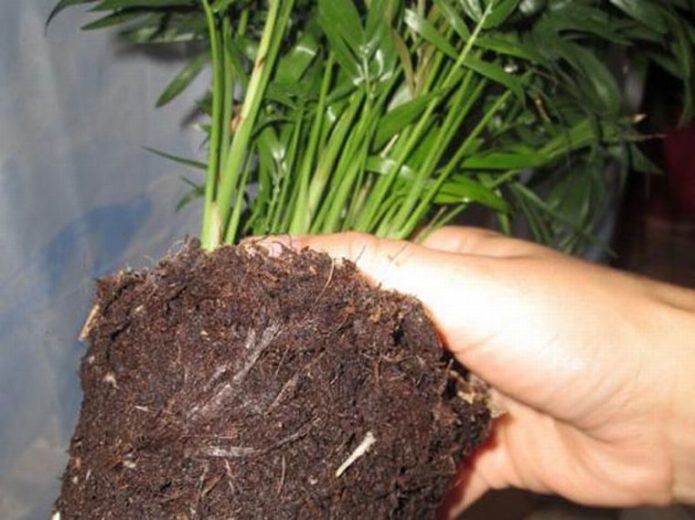
It is recommended to transplant by the transshipment method so as not to damage the roots of the plant.
A new container is chosen according to the principle: the depth increases by 5–7 cm, the diameter - by 3–4 cm. When transplanting, a transfer method is used, when a palm tree, together with an old earthen clod, is placed in a larger pot. The free space is filled with specially prepared soil mixture. When transplanting chamedorea, in no case should you forget about the drainage layer in the new pot.
An adult plant does not need a transplant; such a procedure is allowed only when the roots appear from the bottom of the pot. This usually happens once every 4 years.
If the bush has reached a considerable length and volume, then it is not transplanted, but the topsoil is changed.
Pests, diseases, care errors: table
Despite all the simplicity of the miniature room palm, it is also susceptible to pests or diseases. Most of the problems arise from lack of proper care.
| External manifestation | Cause | Remedy |
| The leaves are withered, acquire a gray tint | The beginning of root decay | Reduce watering, check for drainage |
| Silver or light spots appear on the sheet, dusty layers appear on the inside | Red spider mite | Fitoverm treatment once a week. You can use Aktellik, Borneo, Aktofit. Carry out at least three times, until the complete destruction of adults and larvae |
| Sticky discharge and brownish plaques on the trunk | Shield | Pests are removed by hand with a cotton swab dipped in alcohol. The trunk, leaves and topsoil are treated with an insecticide - Aktellik, Metaphos |
| The flower is covered with a cottony bloom | Mealybug | Chemical preparations with an interval of 7-10 days, at least two treatments. Phosphamide, Rogor, Aktara, Biotlin are used |
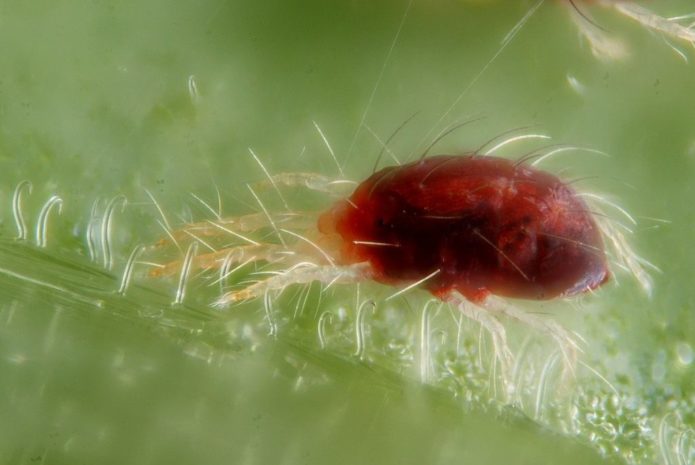
Red spider mite is a very dangerous plant pest, so it needs to be dealt with with special preparations.
Drying of leaves is most often associated with care errors. Excessive dryness of the air, the proximity of heating batteries and insufficient spraying are the reasons not only for the poor health of the plant and the deterioration of its appearance, but also a factor contributing to the appearance of pests. Mealybug, for example, does not withstand humid air, and if you follow the correct regime for keeping chamedorea, you can avoid its invasion.
Reproduction
To get an updated plant, you can propagate a indoor palm tree in several ways:
- Seeds - purchased seeds or seeds obtained from fruits are sown in a bowl with moist light soil and cover the container with a film or glass. The first shoots may appear in a month, more lagging ones - in six months. Germination falls by 10% per month, so you need to use the freshest seeds for sowing.
- Layers - during spring transplantation, daughter shoots are separated from the roots and planted immediately in a pot with prepared soil. In order for the flower to take root as quickly as possible, it is necessary for planting to choose layers with well-developed roots and a length of at least 20 cm.
- Cutting (dividing a bush) - used if several plants develop in one pot. If the flower is bought in a store, then the container contains 3-4 palm bushes at the same time and it is easy to divide them into single copies. An adult chamedorrhea that has reached a normal size can also be divided into 2-3 bushes, but this is rarely used at home.
Hamedorea elegance is a plant that a completely inexperienced florist can cope with successfully. A little attention and love for this exquisite miniature palm tree, and it will respond by developing a dense crown of beautiful openwork leaves. Regardless of the conditions in which chamedorea develops, it will not only decorate any interior, but also a natural filter and humidifier in the room.
.

